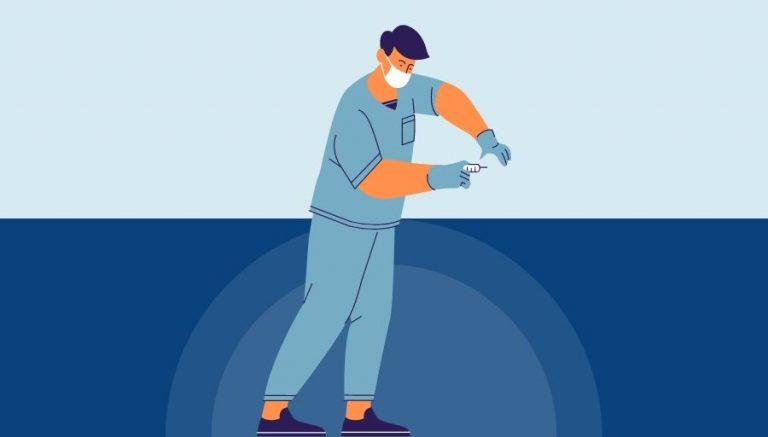How To Use CPT Code 60212
CPT 60212 describes the surgical procedure of partial thyroid lobectomy, unilateral, with contralateral subtotal lobectomy, including isthmusectomy. This article will cover the description, procedure, qualifying circumstances, appropriate usage, documentation requirements, billing guidelines, historical information and billing examples.
1. What is CPT Code 60212?
CPT 60212 can be used to describe a surgical procedure that involves the removal of a part of one lobe of the thyroid gland and most of the portion of the other lobe. The procedure also includes the surgical removal of the isthmus, which is the tissue connecting the two lobes of the thyroid gland in the middle.
2. Official Description
The official description of CPT code 60212 is the following: ‘Partial thyroid lobectomy, unilateral; with contralateral subtotal lobectomy, including isthmusectomy.’
3. Procedure
- The surgeon begins by making a standard neck incision, approximately 3-5 inches horizontally in the lower part of the front of the neck, just below the voice box.
- They carefully separate the skin into upper and lower flaps and divide the overlying muscles, taking care to avoid injury to the adjacent recurrent laryngeal nerve and the thyroid arteries and veins.
- The surgeon then removes a part of the lesser affected lobe of the thyroid gland and removes most of the opposite lobe, including the isthmus.
- After achieving hemostasis, they close the overlying muscles and skin in layers.
4. Qualifying circumstances
CPT 60212 is typically performed to remove malignant cancerous tissue, such as follicular adenomas or Hurthle cell tumors. It may also be performed in patients with hot and cold nodules in an enlarged overactive thyroid in hyperthyroidism.
5. When to use CPT code 60212
CPT code 60212 should be used when the surgeon performs a partial thyroid lobectomy on one side and a subtotal lobectomy on the other side, including the removal of the isthmus. It is important to accurately document the extent of the gland excised to ensure proper coding.
6. Documentation requirements
To support a claim for CPT 60212, the surgeon must document the following information:
- Patient’s diagnosis and the need for the surgical procedure
- Details of the procedure performed, including the extent of the lobectomy and the removal of the isthmus
- Date of the surgery
- Any complications or unexpected findings during the procedure
- Post-operative care instructions
- Signature of the surgeon performing the procedure
7. Billing guidelines
When billing for CPT 60212, ensure that the procedure meets the criteria for partial thyroid lobectomy, unilateral, with contralateral subtotal lobectomy, including isthmusectomy. It is important to accurately document the extent of the lobectomy and the removal of the isthmus to support the billing. Additionally, be aware of any specific payer guidelines or requirements for reporting this code.
8. Historical information
CPT 60212 was added to the Current Procedural Terminology system on January 1, 1995. There have been no updates to the code since its addition.
9. Examples
- A surgeon performs a partial thyroid lobectomy on the left lobe and a subtotal lobectomy on the right lobe, including the removal of the isthmus.
- During the surgery, the surgeon discovers a malignant tumor in the left lobe and removes a part of it, as well as most of the right lobe and the isthmus.
- A patient with hyperthyroidism undergoes a partial thyroid lobectomy on one side and a subtotal lobectomy on the other side, including the removal of the isthmus, to address the overactive thyroid.
- A surgeon performs a partial thyroid lobectomy on one side and a subtotal lobectomy on the other side, including the removal of the isthmus, to remove a large goiter.
- During the surgery, the surgeon identifies a suspicious nodule in one lobe and removes a part of it, as well as most of the other lobe and the isthmus.


